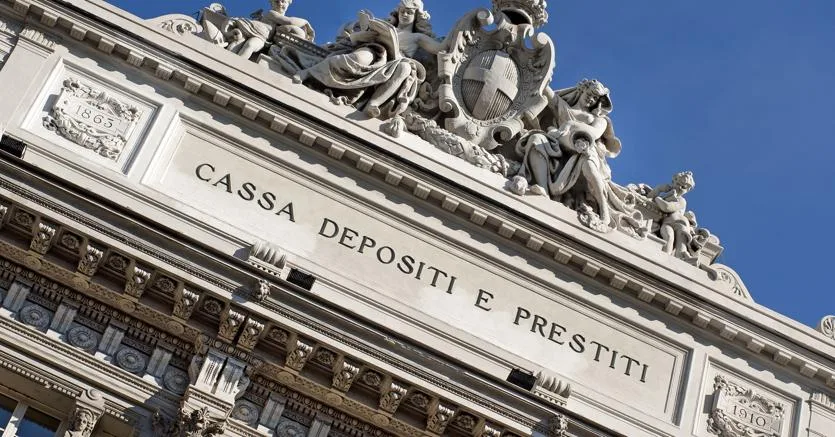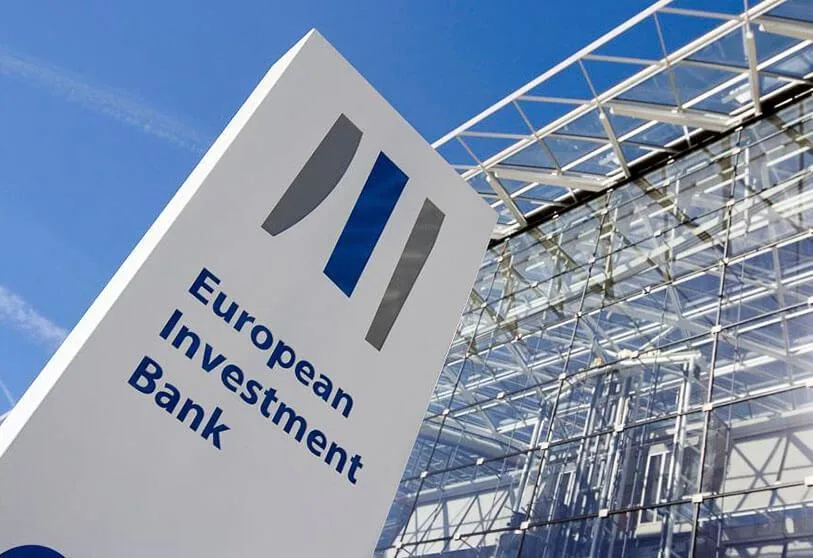Brussels – Not just “implementers” and “lenders” for European Union programs, but also players in planning: Cassa Depositi e Prestiti and its French counterpart CDC are calling for a seat at the table with the European Commission to define strategies and, most importantly, to manage first hand the InvestEU portfolio.
Even with the subtle language of Brussels diplomacy, Francesco Mele, director of CDP Equity, and Sophie Barbier of Caisse des Dépôts et Consignations affirmed the need for a more direct link between the Commission and those engaged on the ground. “There are specificities in each country to which we must adapt if social and economic gaps are to be closed as the program proposes. It is important to revise the rules to diversify and ensure a more inclusive approach,” said Mele. His French counterpart emphasized the novelty of a program that relies on local partners for its implementation and stressed the crucial role of communication. This is because the message doesn’t get everywhere, and it certainly can’t be bodies in Brussels or Luxembourg that can dialogue with local governments, the myriad offshoots of trade associations, business associations, or the multitude of start-ups that are hungry to grow but on which the complex reporting processes act as almost insurmountable walls.
The spotlight on one of the most ambitious programs launched by the post-pandemic European Union was unsurprisingly organized by CDP and hosted by the CEPS, one of the leading think tanks on European affairs active in Brussels.
Overall, the results are considered more than positive: “There is a great demand for this instrument, so much so that I do not know if we will be able to meet the entire demand. In the innovation field alone, we will mobilize 500 million euros by 2027, financing 500 start-ups with four Venture Capital instruments. It is an undersized sector in Italy, but it is gaining momentum.” Mele admitted. Now, to ensure greater effectiveness of the program, Mele further said, “it is important that there be sufficient resources, that it is possible to proceed with direct investments and reduce the administrative burden for SMEs.”
On this point, Laura Blanchard-Brunat, a member of the EU Investment committee, defended herself: “The program is broad and diverse, with an open source architecture. Some difficulties are unavoidable because if you bring diversity, a certain degree of complexity has to be factored in. However, I would like to point out that the United States is very carefully watching us and what we are doing, with some envy. Even in the United Kingdom, they see this program as a potential prototype for possible financial instruments to implement. Perhaps there needs to be more communication about the program. It can’t be committees from Brussels or Luxembourg organizing events locally.”
English version by the Translation Service of Withub




